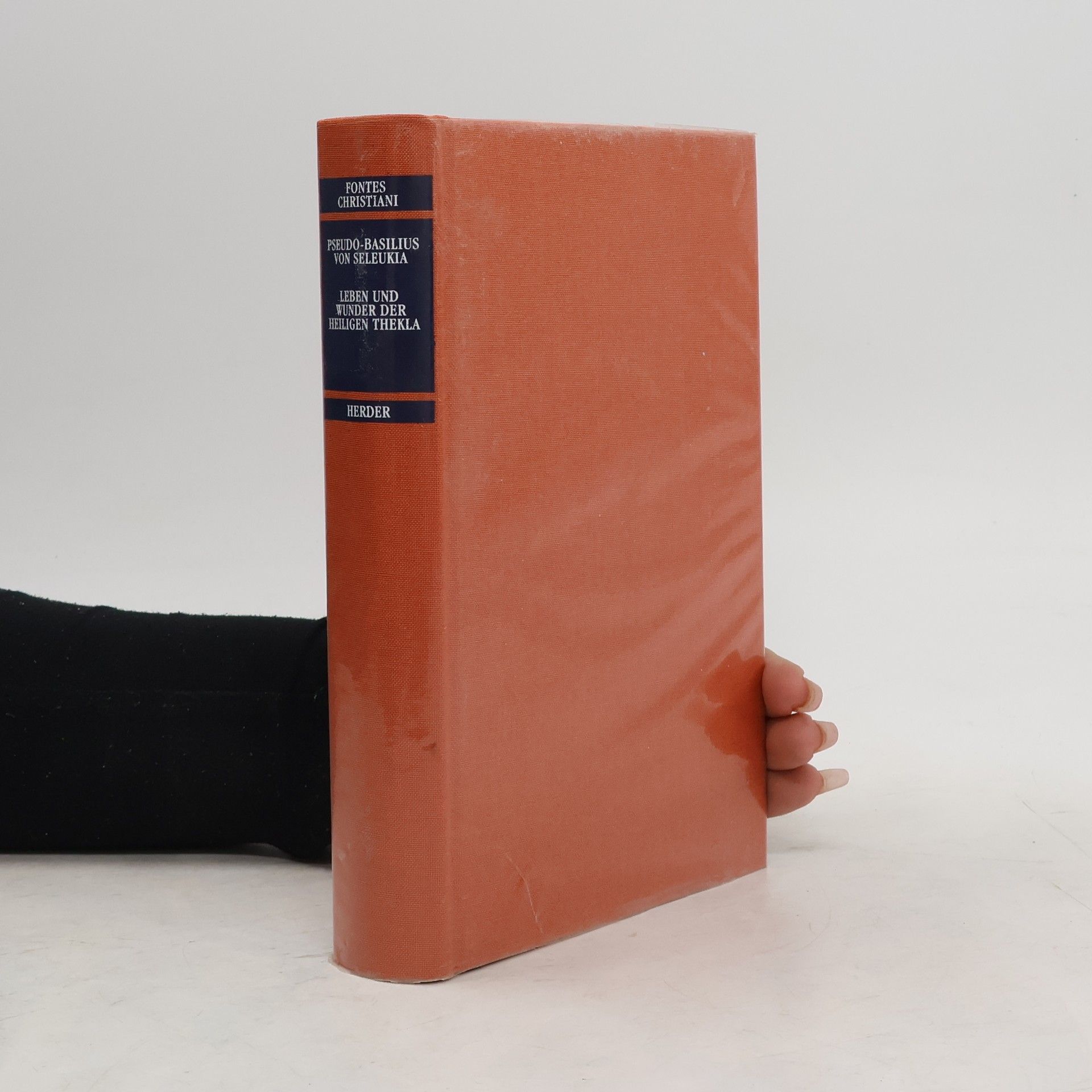Dvanáct klíčů Basila Valentina
- 128 pages
- 5 hours of reading
Nové vydání spisu, jehož autorství je připisováno záhadnému benediktinskému mnichu Basilu Valentinovi. S bohatým obrazovým doprovodem. Přeložili D. Ž. Bor, Jakub Hlaváček, Milan Kolář a Martin Wernisch. V této podobě první vydání.Současné vydání díla, jež patří do zlatého kánonu alchymistické literatury, je rozšířené jak textově, tak především obrazově. Základ knihy tvoří text a rytiny Dvanácti klíčů Basila Valentina (předmluvu O velikém Kameni prastarých mudrců přeložil Martin Wernisch, Dvanáct klíčů a Krátký přídavek přeložil D. Ž. Bor, nově zařazenou báseň O prvotní materii Kamene mudrců přeložil Milan Kolář), dále jsou připojeny Viridarium chymicum Daniela Stolcia (epigramy přeložil Jakub Hlaváček), dodatky k Dvanácti klíčům od Vita Polackia (překlad D. Ž. Bor), obrazové tabule ku Dvanácti klíčům z Bibliotheca chemica curiosa J. J. Mangeta a mědirytiny k Dvanácti klíčům z vydání Basilius Innovatus (1717). Svazek v grafické úpravě Tomáše Nedomy uzavírá studie D. Ž. Bora Polární záře nad Německem a ediční poznámka.



